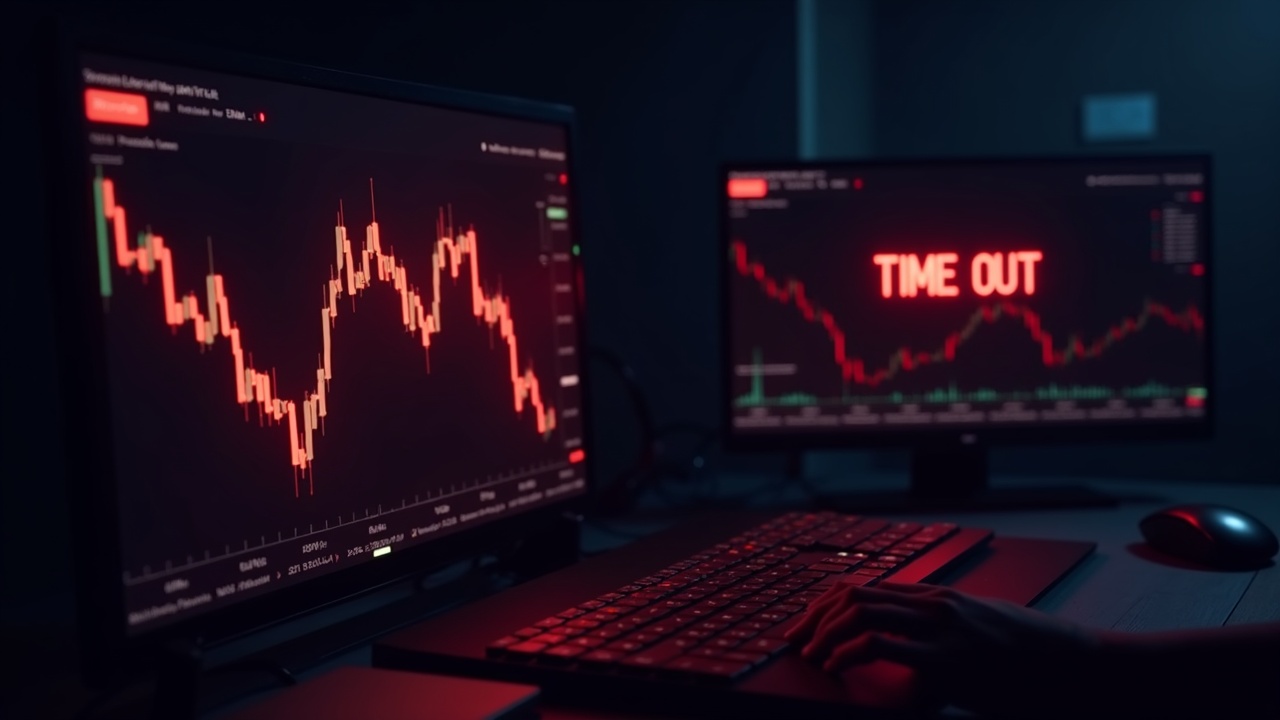On October 16, 2025, the cryptocurrency market faced a dual challenge: a significant price correction was compounded by a widespread data feed failure, leaving traders and institutions navigating the volatility in the dark. While the precise cause of the drop is unclear, the available information points to a market still feeling the effects of a major leverage reset that began earlier in the month.
Reeling from a Leverage Reset
The market downturn on October 16 appears to be part of a broader correction that started around October 10th, when a dramatic crash wiped out over $19 billion in positions and liquidated 1.6 million traders. This event is widely viewed by analysts not as a market collapse, but as a necessary “leverage reset”. In such a reset, the rapid unwinding of over-leveraged positions creates a cascade of forced liquidations, magnifying losses and leading to intense selling pressure, even without a new, specific catalyst.
This dynamic was evident in specific assets like XRP, which experienced a sharp 6% decline, falling from $2.49 to $2.41 and shedding $10 billion in market value. The sell-off was driven by heavy institutional selling and a 50% collapse in futures open interest, signaling a frantic dash to deleverage and cut risk exposure.
The Blackout: When Data Feeds Fail
For treasury desks and traders, the situation was exacerbated by a critical operational failure: a 300,000-millisecond timeout halted live data feeds. This left market participants without verified metrics on prices, open interest, funding rates, and ETF flows, creating a dangerous environment.
-
Blindfolded Trading: Without real-time data, executing hedges or exiting positions becomes highly risky, as decisions are based on stale or incomplete information. This often causes dealers to widen bid-ask spreads, increasing trading costs for everyone.
-
Frozen Treasuries: Finance and risk management teams, lacking trusted data inputs, tend to freeze rebalancing activities and postpone allocation shifts until data integrity is restored.

Navigating an information Vacuum
In moments like these, when official data streams are unreliable, a cautious and methodical approach is essential.
The immediate priority is to rerun the failed query and work to re-establish a stable data connection. Until clean data is available, the safest course of action is to trade smaller sizes and use limit orders to control execution price. For large players, pausing major rebalances until the market picture becomes clearer is a prudent way to manage operational risk.
The events of October 16th serve as a stark reminder of the crypto market’s inherent volatility and the critical importance of robust data infrastructure. While the leverage reset may have paved the way for a more sustainable rally, the accompanying data blackout highlighted how quickly uncertainty can paralyze decision-making.


